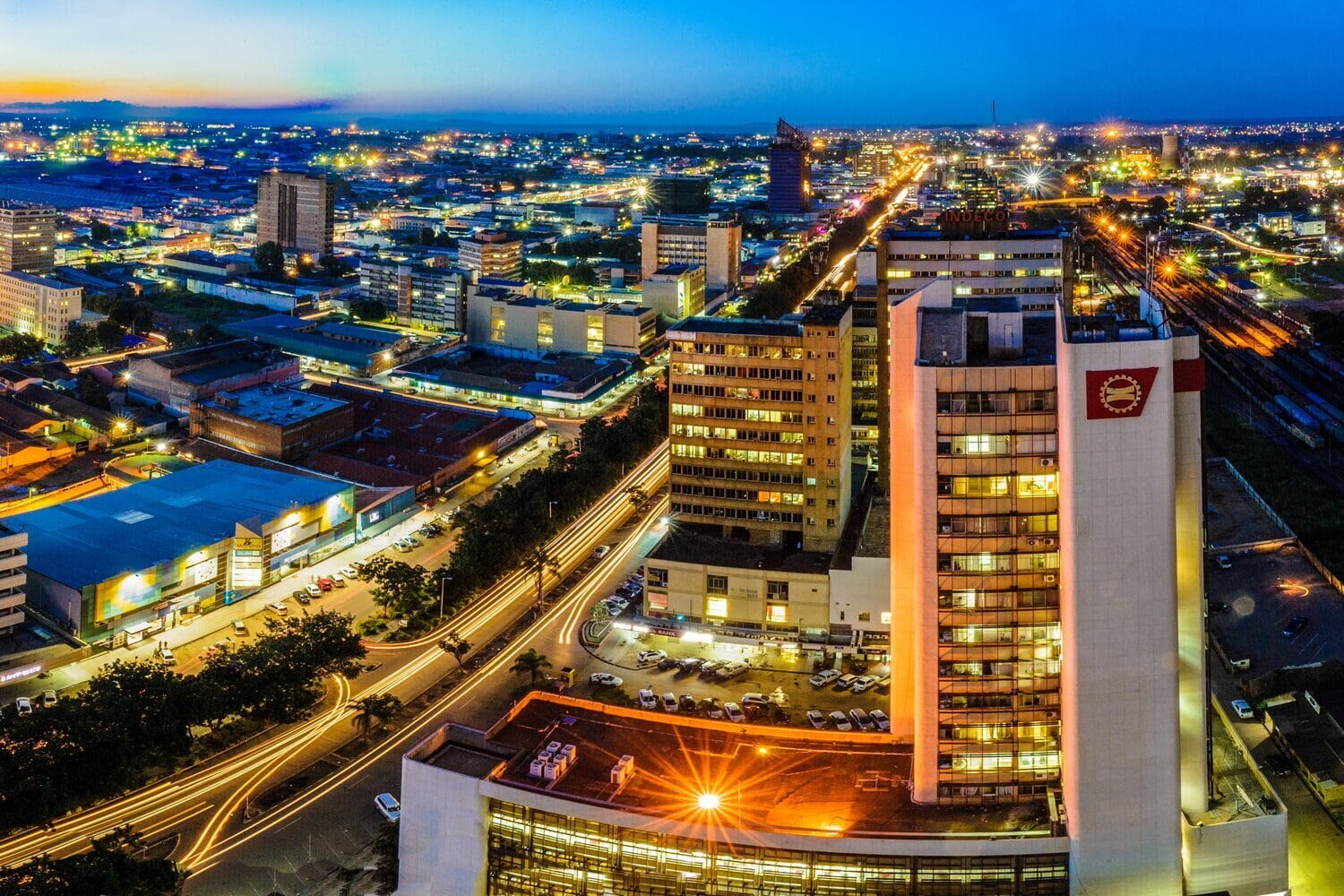Lusaka is the capital of Zambia and the largest city in the country, where modernity meets tradition. It plays a key role in the political, economic, and cultural life of the nation and is gradually becoming one of the major centers of Central Africa. Here you can find modern skyscrapers and shopping malls alongside traditional markets and old districts. Interesting facts about Lusaka reveal its uniqueness and help explain why it attracts tourists, researchers, and entrepreneurs. Below are fascinating facts that you may not know about this capital city.
- Lusaka became the capital in 1935, when the administrative center of the British colony of Northern Rhodesia was moved from Livingstone. The decision was made because of Lusaka’s more convenient location and greater potential for infrastructure development. Since then, it has been the main political and economic hub of the country.
- The name of the city comes from the local chief Lusaka, who once lived in this area. His village stood on the land where the modern capital is now located. This gives the city’s name both historical and cultural significance.
- Lusaka is situated at an altitude of more than 1200 meters above sea level. Thanks to this, the city enjoys a milder climate compared to the lowland regions of Zambia. Temperatures remain comfortable for most of the year.
- The population of Lusaka exceeds two and a half million residents. This makes it the largest urban center in Zambia. The city continues to grow rapidly due to internal migration and economic development.
- In Lusaka, you can see a blend of modern and colonial architecture. New office complexes stand alongside old buildings from the British colonial period. This mix creates a unique urban landscape.
- Lusaka is well known for its large markets. The biggest of them is Kamwala Market, where food, clothing, and handicrafts are sold. Markets remain an important part of the local economy and reflect the city’s culture.
- The National Assembly of Zambia is located in Lusaka. It is here that key political decisions affecting the entire nation are made. The parliament building is a symbol of Zambia’s independence.
- Lusaka serves as the main transport hub of the country. Major road and railway routes connecting the north and south of Zambia intersect here. Kenneth Kaunda International Airport acts as the country’s main air gateway.
- The University of Zambia, established in 1965, is located in Lusaka. It is the largest and most prestigious higher education institution in the country. Thousands of students from across Africa study there.
- The city is known for its cultural institutions. Theaters, art galleries, and museums operate here, with the National Museum of Zambia being the most prominent. It houses exhibits that tell the story of the country’s history and traditions.
- Lusaka has many parks and green spaces. One of the most popular is the Munda Wanga Botanical Garden, which contains hundreds of plant species and various wild animals. It is a favorite leisure spot for both locals and tourists.
- The economy of Lusaka is based on trade, financial services, and construction. In recent decades, the city has developed rapidly thanks to investments in real estate and transportation infrastructure. This makes it the business center of the country.
- Lusaka’s population is multicultural. Representatives of various Zambian ethnic groups live here, along with foreigners from other parts of Africa, Europe, and Asia. This diversity creates a rich cultural environment with many languages and traditions.
- The main religion in Lusaka is Christianity. The city is home to numerous churches of different denominations, including large Anglican and Catholic cathedrals. Religious life plays an important role in the culture of the city.
- Tourism in Lusaka thrives thanks to its proximity to national parks. From here, it is easy to reach reserves such as Kafue or Chirundu, where visitors can see elephants, lions, and many other animals. Lusaka often serves as a starting point for safari trips.
- The city has several modern shopping malls. Among the most popular are Arcades Mall and Manda Hill, which offer a wide range of goods and entertainment. These centers demonstrate Zambia’s increasing level of urbanization.
- Lusaka frequently hosts important international conferences and political meetings. Since the 1960s, the city has been a symbol of independence and African unity. Summits held here have influenced the future of the continent.
- The capital of Zambia is known for the hospitality of its residents. Local people are friendly and always ready to assist visitors. This creates a welcoming atmosphere for tourists.
Lusaka is a city where history meets modernity and where traditions intertwine with development. Interesting facts about the Zambian capital show its importance not only for the country but also for the entire region. Incredible facts reveal the richness of its culture, economy, and natural surroundings, which make Lusaka unique. You may not know that this city hides so many captivating details worth discovering.





